Research on the City | 2014
Protean Prototypes
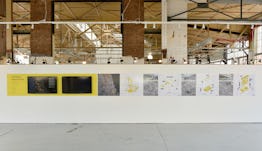
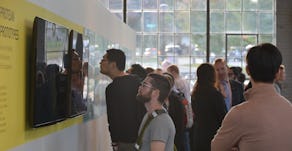
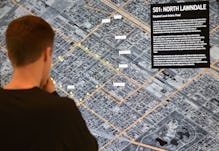
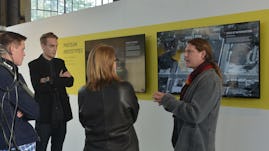
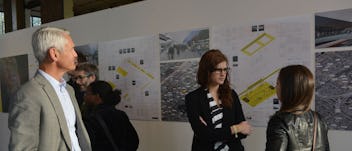
The global city of Chicago, the commodity and exchange hub of the Midwest, could not exist without its many infrastructures – railways, freeways, canals, airport terminals, logistics zones. These infrastructures, while serving necessary functions of connection at regional and global scales, also disconnect space when they hit the ground of the city; ironically, it is the territories produced by mobility infrastructure’s physical footprint that often constitute the most disruptive and serious impediments to access and everyday life within urban fields. This situation is especially exacerbated on Chicago’s south side, where many of it’s most disadvantaged communities also happen to be located.
Within contemporary debates surrounding transportation planning, the dominant objective of the provision of mobility (movement) has been supplanted by the delivery of access (enabling access to needs) and the question of sustainable transportation futures has been reframed as providing maximum access with minimum energy through a variety of mechanisms.
There has been extensive scholarship devoted to identifying, classifying and quantifying the conditions by which existing infrastructural systems produce uneven access to services and needs relative to socioeconomic status and its spatialization within the city. However, there has been little design-research undertaken to examine ways in which systemic intervention within infrastructural systems might strategically alter uneven access. While the need to think comprehensively regarding the intersection of energy, mobility and dwelling has been acknowledged through the formation of the Federal Partnership for Sustainable Communities (an agency collaboration involving DOE, DOT and HUD), little work has leveraged design to develop instrumental proposals that aim to couple infrastructural delivery with new prototypes of civic service delivery.
| Typology | Urban Systems Research |
| date | 2014-2015 |
| location | University of Michigan |
| scale | 234 mi² |
| scope | Research includes intensive city analysis and mapping, agent-based mapping, public space and mobility systems design, and urban/architectural design proposals at multiple scales |
Team
| Role / Team | Kathy Velikov and Geoffry Thün, Partners-in-Charge. Dan McTavish, Associate/Project Coordinator, Nick Safey, Andrew Wald, and Anthony Pins |
| Collaborators | Sue Zielinski, SMART |
exhibitions
- Research on the City. Taubman College Liberty Gallery | Ann Arbor, Oct - Nov 2014